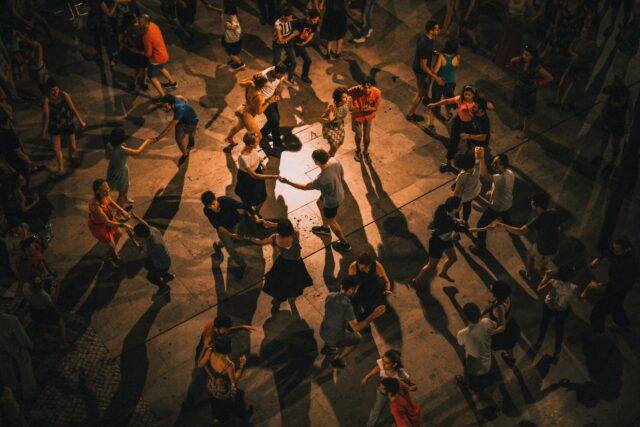
Salsa is a beautiful, cheerful dance that can be a phenomenal hobby and recreational activity. In case you are not yet familiar with this dance, it is important to know that there are different types of salsa dancing (e.g. Cuban salsa and L.A. salsa). But if you want to learn to dance salsa you will only need to learn a few basic steps.
And after that, you can further upgrade them depending on the style you like best. Are you interested in learning where does salsa comes from, what are the different types of salsa dancing and what are the basic steps for beginners that are a good starting point? Keep reading.
What is salsa and where does salsa come from?
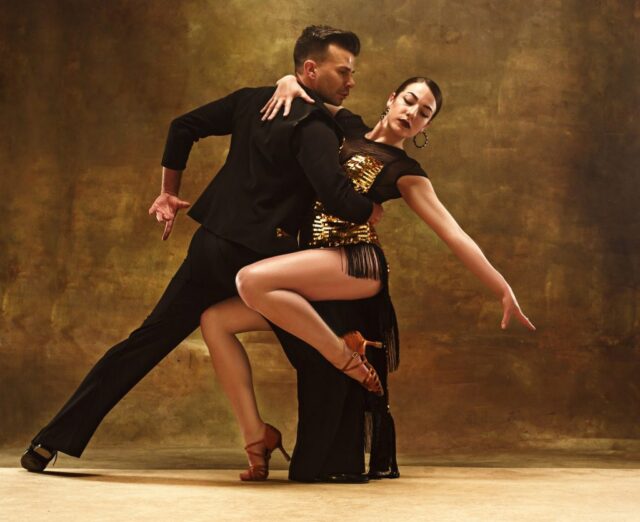
Salsa is a dance that was created as a mixture of different dances (rumba, mambo, cha cha cha, etc), which eventually resulted in the appearance of different types of salsa dancing. Literally translated, salsa means spice, which perfectly describes the spicy mixture of cultures that have merged and combined to give a new dance with many different styles. If we want to define where does salsa come from, we can only try to understand its origin, but the fact is that salsa does not come from just one country and one culture.
It is believed that this dance style originated in Cuba, and then came to New York together with the arrival of the Cubans. The Latino community in New York breathed some new life into the original salsa, so we can say that from Cuban salsa came to L.A. salsa and other different types of salsa dancing. It is this combination of countries and cultures that gives salsa that special spice and makes it a specific dance that is recognizable around the world.
In case you are interested to find out in detail the difference is Cuban salsa vs. L.A. salsa, you can view more here and find out which style would suit you better depending on your preferences.
The difference between salsa and other dances
Tango vs. Salsa
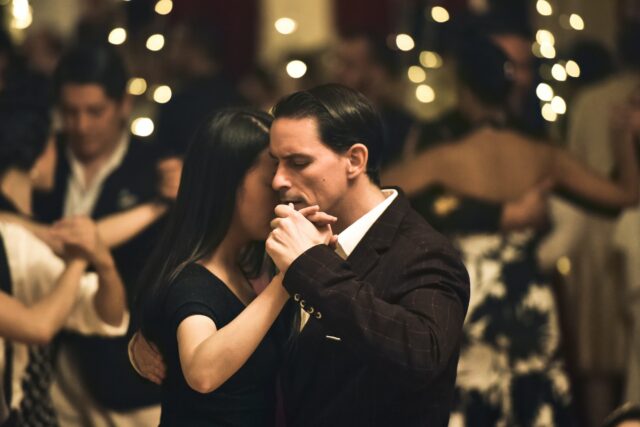
Although both salsa and tango are types of dances they are completely different for several reasons. The main difference between them is that tango is a South American dance that involves a very intimate embrace of dance partners. On the other hand, salsa is a dance from Cuba where the partners do not hug but dance cheerfully holding one or both hands.
Salsa vs. Cumbia
Another popular dance nowadays is cumbia, which is significantly slower compared to salsa. Cumbia is known for its slow, circular movements that are much easier to follow than is the case with playful salsa movements. Also, cumbia is much less represented in dance competitions and represents a generally much more relaxed dance.
Five basic steps of salsa
1. The basic timing and basic step
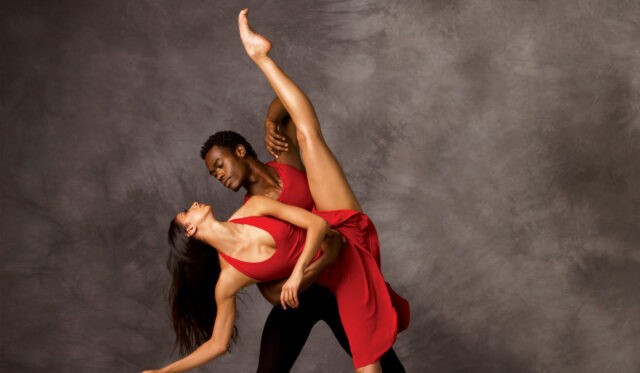
The basic tempo of salsa is 4/4, which means that there are four beats, which are repeated twice. However, the count does not go from one to four, but from one to eight. In doing so, it is important to keep in mind that the steps are omitted on the fourth and eighth beats when standing. Standing actually means that there is no weight transfer because that is exactly what counts as a beat (there does not have to be a foot lift to count as a step). The man begins the dance by stepping with his left foot forward, while his female partner makes a movement with her right foot back.
2. Lady’s underarm turn
The next salsa basic step you have to learn is lady’s underarm turn. This movement looks exactly as it sounds: the gentleman is supposed to raise the lady’s hand when it’s time for beat 5 and when her left foot is forward. After the turn, the dance continues with the basic step. It is very important for the ladies here to take care of their footwork and not to keep rotating for too long, because that way they will fall out of the beat.
3. The cross-body lead
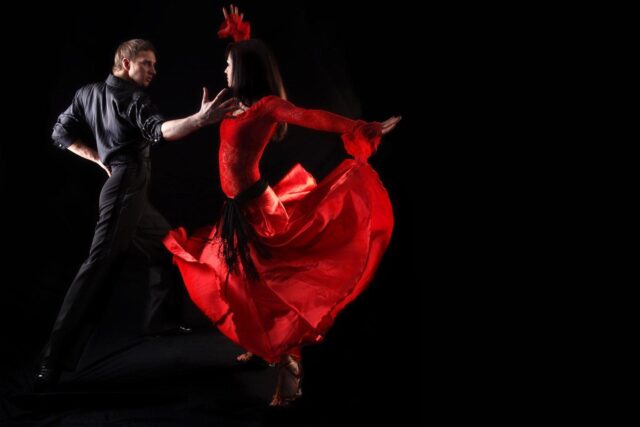
The pattern that you will probably dance the most during salsa is cross-body lead, so we suggest that you learn it and master it in time. During the first three steps, it is important that the leader (gentleman) gets out of the way of the lady and frees her passage by rotating his body. The lady is not supposed to make any kind of rotation, but only to dance the usual basic step as she moves to the other side. After that, the gentleman rotates his female partner by 90 degrees, in order to finally turn her towards himself.
Leave enough space for the frame so that they can make an optimal rotation. It is important for the ladies to surrender to the leadership of the leader during this movement and allow themselves to be led so that the whole movement is performed in the best way.
4. The cross-body lead with inside turn
Once you have perfected the cross-body lead you can proceed to the modification of this step where the lady makes another extra turn during the passage next to the gentleman. This gives a graceful note to the basic cross-body lead movement and looks very elegant.
5. Open break and underarm turn

And finally, here is the last basic step you should learn as a beginner in dancing salsa. It is called open break with underarm turn and includes releasing one hand of the partner, after which the lady makes an underarm turn which we have already mentioned. This is a little more complex, but still a basic step you want to learn so you can further upgrade your skills.
Conclusion
Salsa is a dance originating from Cuba, which is a combination of several dances, countries, and cultures, which makes it special. Within this dance, several different types of dancing salsa have developed over time, so nowadays everyone can find their favorite. If you are a beginner and want to learn to dance salsa, we suggest that you first adopt 5 basic steps, and then continue to develop more complex salsa skills.












